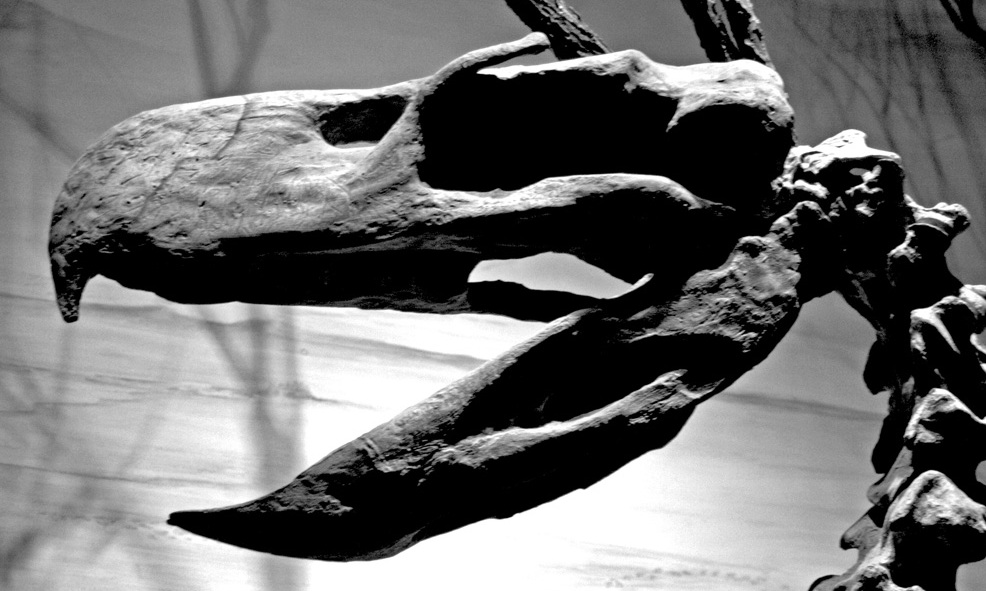Terror Bird Attack Clues in Fossil Bites
By Asmita - Jul 23, 2025
Terror bird meets its demise at the jaws of a reptile 13 million years ago, as indicated by fossilized remains with distinctive bite marks. This discovery sheds light on the predator-prey interactions of these ancient creatures, offering insights into the dynamics of prehistoric ecosystems and the competitive relationships among different species.

Nestor Galina via Wikimedia
Terror birds, towering avian predators that could surpass humans in height, are known for their robust legs and beaks designed for tearing flesh. Recent findings in paleontology have unveiled intriguing details about these ancient creatures. Archaeologists analyzing fossilized remains have uncovered evidence suggesting that a terror bird met its demise 13 million years ago at the jaws of a reptile, as indicated by distinct bite marks on the bird's skeletal remains.
The revelation of this prehistoric predator-prey interaction sheds light on the behavior and interactions of these formidable species. Terror birds, part of the extinct Phorusrhacidae family, were formidable apex predators during the Cenozoic era. Fossil evidence of their encounters with reptiles provides valuable insights into the ancient ecosystems and food chains in which these creatures thrived, showcasing a glimpse into the dynamics of predation millions of years ago.
Experts in paleontology suggest that the presence of reptile bite marks on the terror bird's bones indicates a likely confrontation between two dominant predators of that era. The analysis of these fossils not only enriches our understanding of prehistoric fauna but also underscores the complex relationships and competitive dynamics that existed among different species. This discovery underscores the importance of continued research in unravelling the mysteries of ancient life forms and ecosystems.
The implications of this finding reverberate beyond the realms of paleontology, offering a glimpse into the violent yet intricate interplay between species in ancient ecosystems. Understanding ancient predator-prey relationships can provide valuable insights for modern ecological studies and conservation efforts. As researchers delve deeper into the annals of our planet's history, each fossilized clue offers a window into the past, enriching our knowledge of the natural world and the forces that have shaped it over millions of years.


